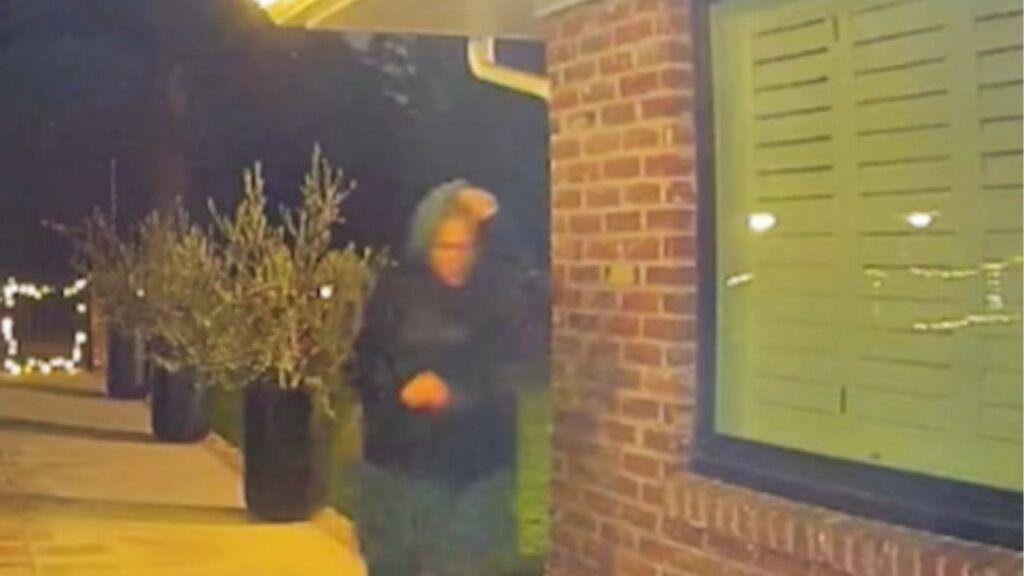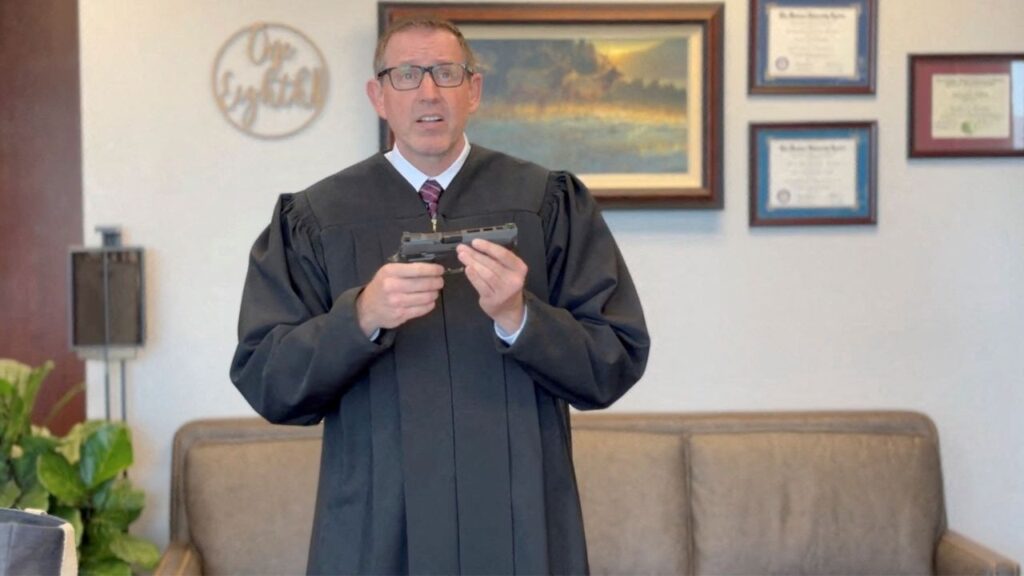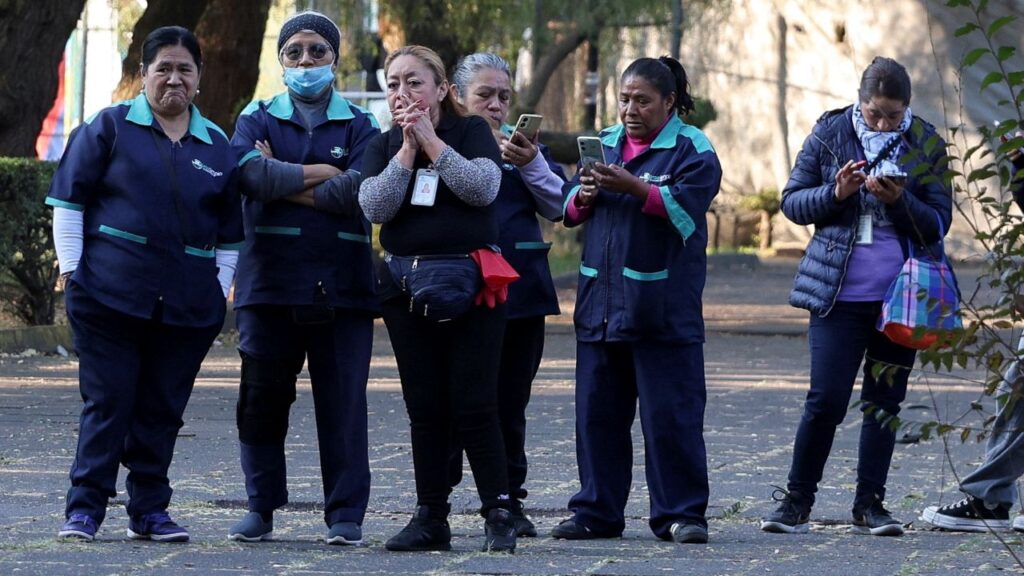Share
The Fresno Commission for Police Reform was established to examine the future of policing in the City of Fresno. Many claim there is over-policing and discriminatory arrests among segments of our community.
Fresno is not alone. Across the country protests and demonstrations have called for an end to racial injustices in our cities’ police forces. The public discourse has centered on police cultures that promote racial discrimination, pervasive racist institutional practices and policies, while others have attributed the problem to isolated incidents of bad cops. Before there can be meaningful and long-term police reform, community consensus is required on the genesis for the racial disparities in arrests and police shootings. What are the causes? What can be done?


Opinion
Paul Garcia
Dr. Christian Wandeler
Dr. Ken Magdaleno
Research-Based Reform Needed
To avoid a myopic view or the politicization of the crisis, a research-based approach could more accurately frame the narrative on police reform. An evidence-based process is necessary to protect the integrity of any reform. The Commission has conducted focus groups and a community wide survey was administered. Other data exists.
In 2015, the California Endowment funded the Center for Leadership, Equity and Research (CLEAR) to conduct research on the status of Boys and Men of Color (BMOC) between the ages of 16 and 24 in the city of Fresno. Among the questions was to examine whether there were disparities in arrest rates between White males and their African American, Latino, and Southeast Asian counterparts.
Data Reveals Racial Disparities
Perhaps, a review of the findings can help determine where police reform should be focused. Data from 2014 was collected from the Fresno County Juvenile Probation and the Fresno Police Department. It found:
- Among those in Juvenile Hall, Latino males represented 62 percent of all male arrests compared to 24 percent for Blacks, 9 percent for Whites, and 3 percent for Asians.
- The severity of charges varied by ethnicity/race. Almost two thirds of all arrests for Latino (64%), Black (69%), and Asian (68%) youth were felony counts compared to 50 percent for Whites.
- Minority youth were more likely to be arrested at an earlier age than White youth. Fifty percent of all misdemeanor arrests of Asian youth occurred among ages 13 to 14. This compares to 46 percent for Black, 40 percent for Latino, and 36 percent for White youths.
- Black youths were more likely to be charged with a felony than a misdemeanor when arrested for Burglary (28% felony; 13% misdemeanor), Failure to Obey (29% felony; 13% misdemeanor) and Assault (28% felony; 0% misdemeanor).
- Among all arrests of male youths and young adults of color, about one-third occurred among the age group 16 to 19, (Black 32%; Latino 30%; Asian, 36%; Whites, 23%).
- There did not appear to be discernable differences in the number of offenses charged at time of arrest for any ethnic/racial group.
Transparency and Accountability Needed
To what extent does ethnicity and race continue to predict arrest patterns in the city of Fresno? The BMOC study supports the following to supplement the Commission’s work and enhance accountability and transparency in police reform:
- The police department should produce regular reports on crime trends disaggregated by race/ethnicity, age and gender.
- In the Annual State of the City, the mayor should report progress toward ending racial disparities in arrests and youth incarcerations.
- The police department and Fresno Juvenile Probation should provide increased access for researchers and members of the public to examine data on arrests, criminal charges, and incarceration rates.
- Establish an ad hoc committee to guide and advise the police department on the kinds of data collection and analysis to inform police operations and increase public safety.
Investigate Community Investments to Address Inequities
Police reform and community relations should be framed in the wider context of educational inequities that selectively curtail social mobility among students of color, housing patterns that fuel segregation and define where families can afford to live, and limited employment opportunities that lead to despair and dissolution. While that is not the current charge of the Commission, phase two should examine community investments that can intercede in the disparate arrests of youth and young adults of color.
Programs that focus on rehabilitation, education, and personal development are critical. However, institutional sources of racial discrimination and inequities that contribute to crime also exist outside the police force.
About the Authors
Paul A. Garcia is a retired educator. Dr. Christian Wandeler is an associate professor with the CSU Fresno Kremen School of Education. Dr. Ken Magdaleno is the founding executive director of the Center for Leadership, Equity, and Research.
RELATED TOPICS:
Categories

Wall Street Ends Mixed at the Top of the New Year


















